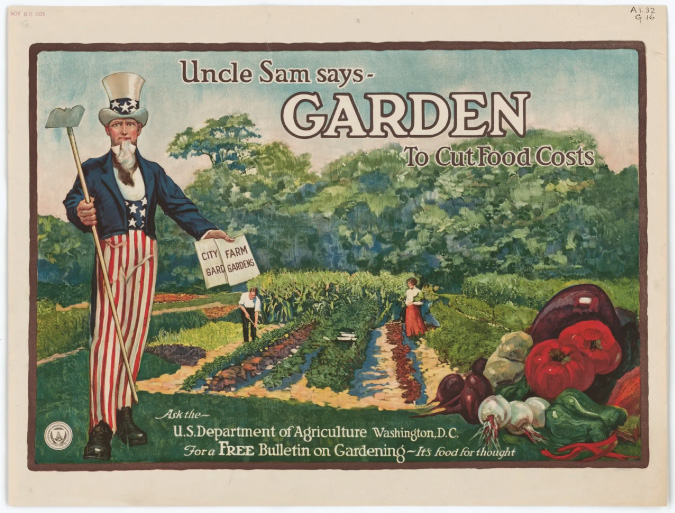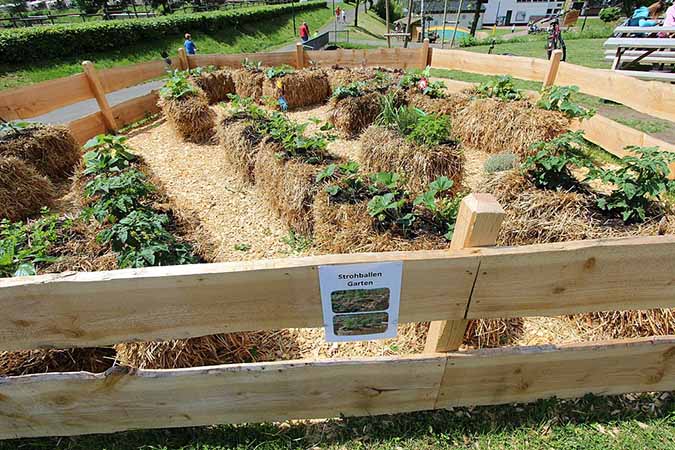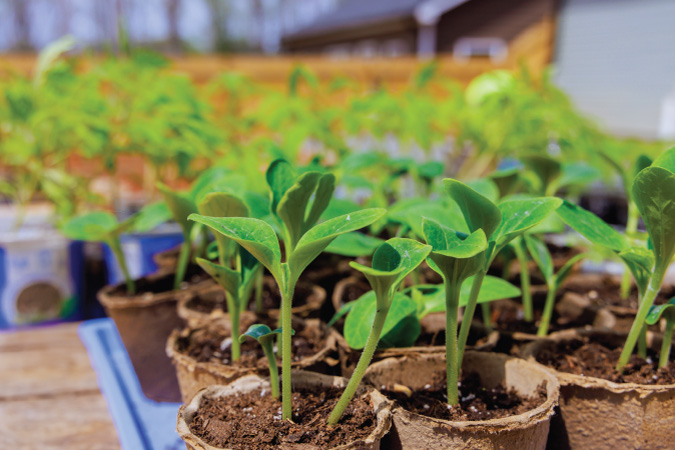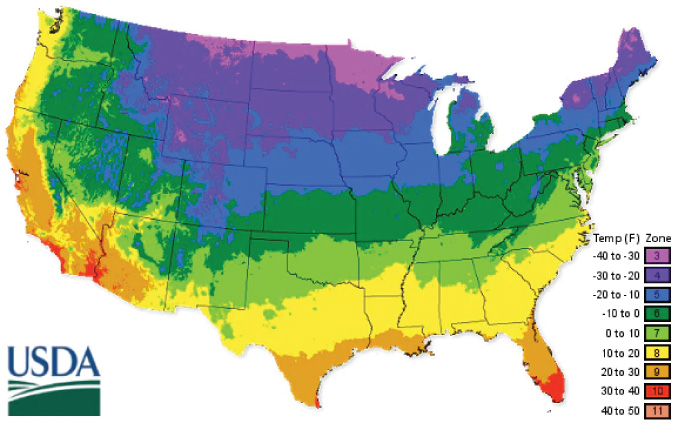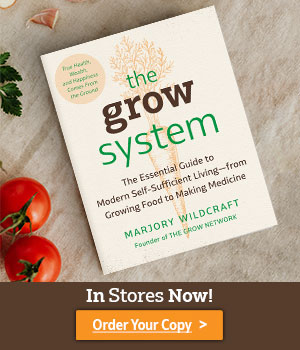Growing your own food is more important than ever in a time of rising grocery prices, unpredictable supply chains, and increasing food insecurity. Today’s challenges echo past historical challenges, from trade disruptions and tariffs to erratic weather and inflation. In this April Gardening Guide, we’ll share what you should be doing to get your garden ready to GROW!
Desperate Times Call for (not so) Desperate Measures
Historically, during times of crisis, families turned to victory gardens to reclaim food independence and build community resilience. These homegrown plots of vegetables, fruits, and herbs were a lifeline in wartime, and they remain just as powerful today. There doesn’t have to be a crisis to garden, but it does seem to spark people to take action and get planting!
Whether gardening on acres of land or in a small apartment, April is a pivotal month to start your garden. Below, you’ll find a breakdown of what to do in April based on your USDA hardiness zone and actionable tips to set yourself up for a productive summer harvest.
What is a Victory Garden?
Victory gardens originated during WWI and WWII as a response to food shortages. Citizens were encouraged to grow fruits and vegetables and even raise chickens for eggs, meat and compost in their own backyards to relieve pressure on commercial food supplies.
By transforming lawns, public spaces, and flower beds into edible landscapes, communities maintained access to fresh, nutritious food and supported the war effort in the process.
Today, the concept is just as relevant. Growing your own food allows you to:
✔ Reduce your grocery bill
✔ Improve your food security
✔ Eat seasonally and more nutritiously
✔ Rely less on fragile supply chains
✔ Build local resilience through community gardening
✔ Become mentally and physically healthier
Victory gardens can take many forms: raised beds, container gardens, indoor setups with grow lights, or shared community spaces like the one pictured below. Even a few pots on a balcony or a windowsill garden can yield herbs and greens to supplement your meals.
April Gardening Guide: What Gardeners Should Do in April
April is truly the kickoff to the growing season across much of the U.S. Here are some essential tasks every gardener—regardless of space or experience—can tackle this month:
Know Your USDA Hardiness Zone: Use your zip code to visit the USDA’s website and find your zone. This helps determine your frost dates and which plants thrive in your area.
Learn Your Last Frost Date: Pair your zone number with your average last frost date to schedule seed starting, transplanting, and harvesting.
Start Seeds Indoors (or transplant seedlings in warmer climates): For long-season crops like tomatoes, peppers, and melons, indoor seed starting ensures they’ll be mature by harvest time.
Direct Sow Cool-Season Crops: In many areas, spinach, lettuce, radishes, carrots, and peas can be planted directly in the ground or in containers.
Prep Beds and Containers: Clear weeds, add compost, check irrigation systems, and ensure your containers have proper drainage.
Get Tools and Supplies Ready: Sharpen your pruners, restock soil and seed-starting mix, and set up grow lights or heating mats if needed.
Consider Succession Planting: Plan to stagger greens, carrots, and herbs plantings every few weeks for continual harvests.
April Gardening Guide by USDA Zone
Zone 3 (Frost: Mid-May to Early June)
Start indoors: Cruciferous vegetables, nightshades, alliums, warm-season flowers.
Outdoors: Begin cold-hardy crops like chard and onions under row covers at the end of the month.
Zone 4 (Frost: Mid-April to Late May)
Start indoors: Brassicas, lettuce, cucurbits, strawberries.
Outdoors: Sow frost-tolerant crops like spinach and radishes.
Zone 5 (Frost: Mid-April to Late May)
Start indoors: Cucurbits, herbs, flowers.
Outdoors: Beets, carrots, parsnips, and wildflower seeds.
Zone 6 (Frost: April to Mid-May)
Start indoors: Last-minute starts of cucurbits and herbs.
Outdoors: Transplant hardy greens, sow peas, onions, and root vegetables.
Zone 7 (Frost: Mid-March to April)
Indoors: Optional for delicate starts.
Outdoors: Transplant starts and direct sow legumes, leafy greens, and carrots.
Zone 8 (Frost-Free)
Indoors: Optional for microgreens.
Outdoors: Sow beans, corn, cucurbits, tomatoes, and herbs.
Zone 9 (Frost-Free)
Indoors: Optional.
Outdoors: Transplant starts, succession sow lettuce and bunching onions, and plant sweet potatoes.
Zone 10 (Tropical/Mild Winter)
Indoors: Optional.
Outdoors: Plant greens, beets, radishes, cucurbits, and transplant tomatoes and eggplants.
Start Small, Grow Big
Not everyone has a backyard or garden plot—but you don’t need one to grow food. Container gardening is perfect for patios and balconies, and indoor setups with grow lights make year-round growing possible. Microgreens and sprouts are quick wins; anyone can grow them in a kitchen window.
Victory gardens are about empowerment, not perfection. Start with what you have, grow what you can, and watch your confidence—and harvest—grow.
With a little effort this April, you can take meaningful steps toward food security, better nutrition, and more self-reliance. Whether you’re planting a full garden bed or a few jars of microgreens, your modern victory garden starts now.
What are you doing this April to prepare your garden?

The Grow Network is a global network of people who produce their own food and medicine. We’re the coolest bunch of backyard researchers on Earth! We’re constantly sharing, discovering, and working together to test new paths for sustainable living—while reconnecting with the “old ways” that are slipping away in our modern world. We value soil, water, sunlight, simplicity, sustainability, usefulness, and freedom. We strive to produce, prepare, and preserve our own food and medicine, and we hope you do, too!
